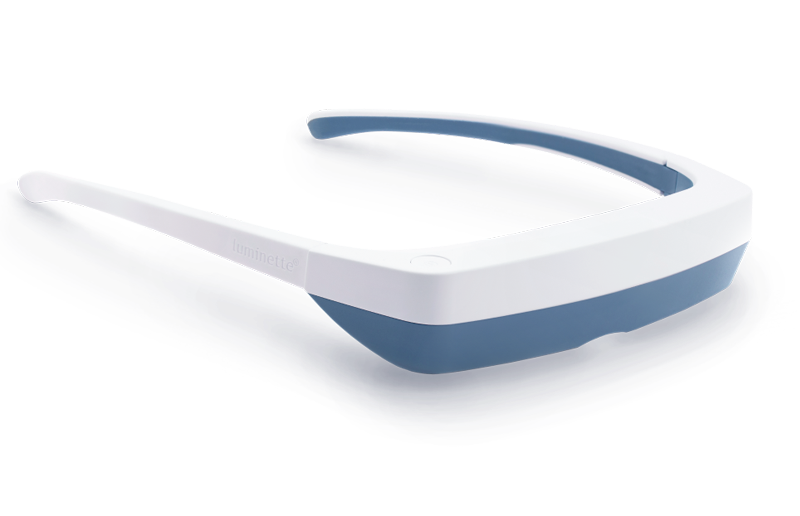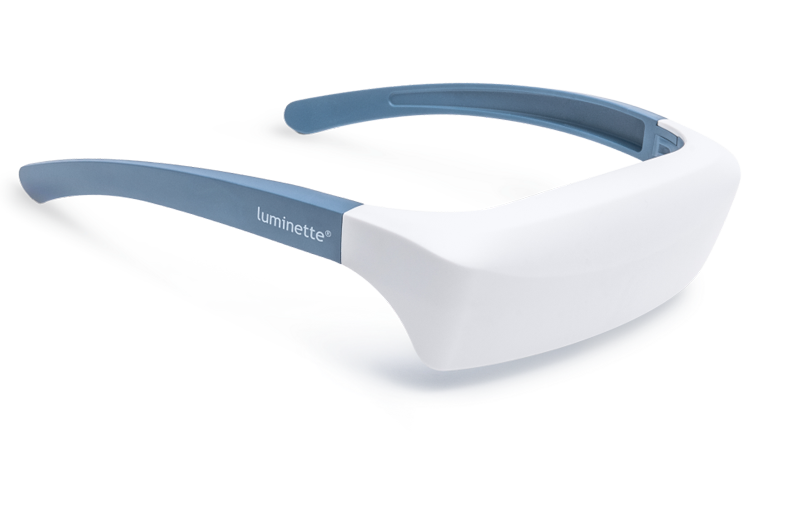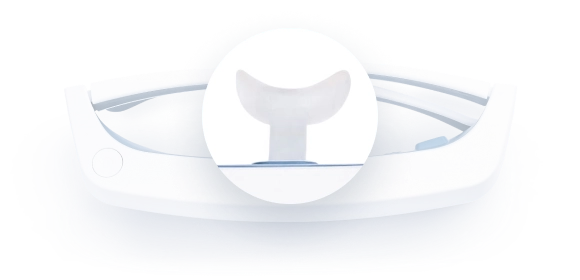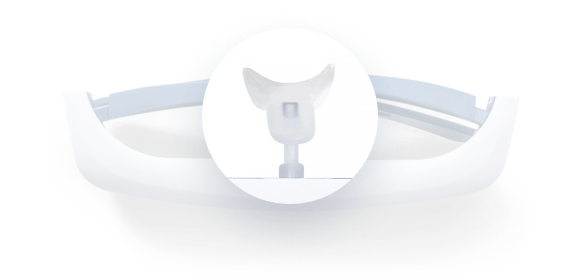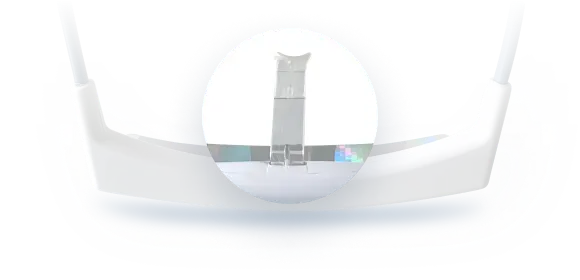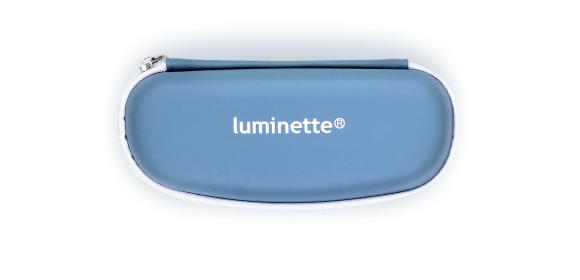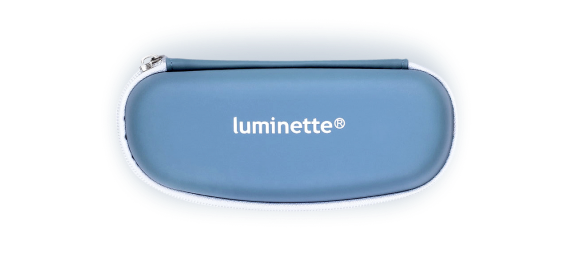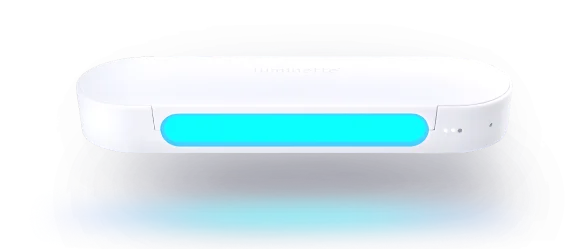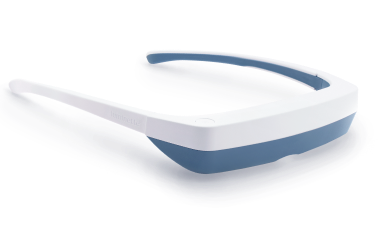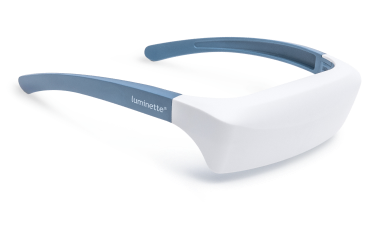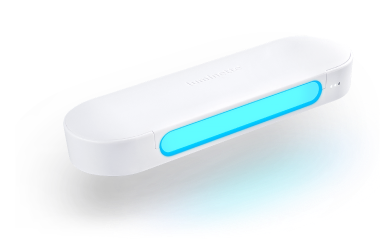Light Therapy for Students: A Bright Solution for Focus, Sleep, and Mental Wellbeing
In the fast-paced academic world, students constantly battle exhaustion, irregular sleep schedules, low energy, and high stress—especially during exam seasons or when managing demanding coursework. While coffee and late-night study sessions may seem like the only way to cope, there’s a powerful yet often overlooked solution that taps into our body’s natural biology: light therapy.
Light therapy—a safe, noninvasive treatment that involves exposure to specific wavelengths of light—has been scientifically shown to regulate the body’s internal clock, improve focus, elevate mood, and even alleviate. For students juggling classes, assignments, and social life, incorporating light therapy into a daily routine could be the secret to staying sharp, energized, and mentally balanced.
Whether you're a university student studying late into the night or a high schooler struggling to get out of bed in the dark winter mornings, this guide will walk you through everything you need to know about light therapy and why it might be exactly what your academic lifestyle needs.
Ready to feel more alert, sleep better, and boost your academic performance? Let’s explore how light therapy can brighten your student life
What Is Light Therapy, and How Does It Work?
In today's fast-paced academic environment, students often face irregular sleep schedules, long hours of screen exposure, and limited time outdoors—all of which can severely disrupt their internal body clocks. Light therapy offers a scientifically backed solution to help restore balance, improve concentration, and boost mood. Whether you're battling winter fatigue, struggling with insomnia before exams, or simply looking for a natural way to increase alertness, understanding how light therapy works is the first step toward optimizing both your health and academic performance.
At its core, light therapy involves controlled exposure to artificial light that mimics natural daylight. This exposure stimulates your brain’s biological clock and helps regulate key hormones related to sleep, focus, and emotional well-being. Students who consistently use light therapy in the morning or early part of the day often report feeling more awake, focused, and emotionally balanced—three essential ingredients for academic success.
Additionally, for students who struggle with maintaining energy during long lecture hours or intense study periods, light therapy can serve as a powerful midday reset. Instead of turning to caffeine or energy drinks, which may cause crashes later in the day, a short session with a light therapy device can enhance mental alertness and refresh cognitive function. This makes it especially useful during exam season when maintaining stamina and clarity is critical.
Light therapy may also provide psychological benefits beyond focus and sleep. Studies have linked regular light exposure with decreased stress and mitigated winter mood dips—two challenges that disproportionately affect students during colder months. By establishing a stable foundation for emotional health, light therapy supports not only improved academic performance but also greater resilience and balanced feelings throughout the academic journey.

Definition and Basic Science Behind Light Therapy
Light therapy, also known as phototherapy, is a form of treatment that involves exposing the body—specifically the eyes—to a bright artificial light that mimics natural daylight. This light is carefully engineered to simulate the spectrum and intensity of the sun, minus the harmful UV rays, and is typically delivered through light boxes, desk lamps, or wearable devices like light therapy glasses.
The idea behind this therapy is simple but powerful: by regulating your exposure to light, you can influence your brain’s chemistry and biological processes. One of the primary mechanisms at work is the stimulation of photoreceptors in the eyes. When these receptors detect light, they send signals to a part of the brain called the suprachiasmatic nucleus (SCN)—your internal body clock’s control center.
The SCN regulates a number of critical functions including the release of melatonin (the sleep hormone) and serotonin (a mood stabilizer). In the absence of sufficient light—such as during winter or long nights of studying—these natural rhythms get disrupted, often leading to fatigue, poor concentration, low mood, or sleep difficulties. Light therapy helps reset these systems, essentially giving your brain the cue that it's time to wake up, focus, and feel energized.
How Light Therapy Interacts with the Body's clock
Your body's clock is a natural, internal process that regulates your sleep-wake cycle and repeats roughly every 24 hours. For students, this rhythm often becomes misaligned due to late-night studying, early classes, inconsistent sleep schedules, and a lack of morning sunlight—especially during winter months or in dimly lit dorm environments.
Light therapy plays a key role in realigning this biological clock. By exposing yourself to bright light shortly after waking—ideally within the first hour—you effectively signal to your brain that it's time to start the day. This exposure suppresses melatonin production and promotes the release of cortisol and serotonin, hormones that boost alertness and improve cognitive function.
In the evening, reducing exposure to blue light from screens and artificial sources allows melatonin levels to rise again, preparing the body for restful sleep. In short, light therapy not only helps you feel more awake and focused during the day, but it also improves your ability to fall asleep and stay asleep at night—something every student can benefit from.
Light therapy also has downstream effects on mood and academic performance. Studies show that better sleep quality is directly linked to enhanced memory, faster learning, and improved emotional regulation. When students are well-rested and aligned with their natural rhythm, they're better equipped to manage stress, retain information, and perform under pressure—especially during exams or project deadlines.
For students who experience the "winter blues," incorporating light therapy into a daily routine can offer powerful mental health benefits. Exposure to bright light in the darker months helps counteract symptoms of fatigue, low motivation, and poor concentration, creating a more stable and productive learning environment.

Why Light Therapy Matters for Students
For students navigating academic stress, irregular schedules, and mental health challenges, light therapy can be a valuable tool in promoting stability and wellness. Many learners experience disrupted sleep due to late-night study sessions or insufficient daylight exposure—especially during winter months or in dorm settings with poor lighting. Incorporating light therapy into their routine helps restore their internal clock, leading to better sleep, improved concentration, and enhanced emotional resilience. Whether it's preparing for exams or maintaining a healthier daily rhythm, light therapy offers a non-invasive, effective solution tailored to the student lifestyle.
Impact of Light Exposure on Student Sleep Patterns
Students exposed to morning light therapy fall asleep faster and report better overall sleep quality.
Lack of natural light delays melatonin release, making it harder to wake up early and feel rested.
Bright light exposure in the morning aligns the body clock with class schedules, improving focus in early lectures.
Using light therapy lamps for just 20–30 minutes a day can help reduce insomnia linked to screen use and irregular sleep cycles.
Students who use light therapy consistently show improved energy levels, reduced sleep inertia, and more stable daily routines.
Choosing the Right Light Therapy Device for Students
Selecting the best light therapy device is essential for achieving the desired benefits without interrupting a student’s routine. Whether you’re cramming for exams, attending early lectures, or managing late-night study sessions, the right light therapy solution should be portable, effective, and easy to use daily. Students require devices that seamlessly integrate into a busy lifestyle, offer flexibility, and deliver clinically effective brightness levels without being intrusive or time-consuming. From lamps placed on a desk to wearable light therapy glasses, understanding the differences and knowing what features to prioritize can make a huge impact on consistency and outcomes.
Light Therapy Lamps vs Light Therapy Glasses
Light therapy lamps are the traditional choice, typically placed on a desk or table and used during morning routines or study sessions. They’re stationary, which may limit multitasking or mobility, but they often offer powerful full-spectrum light output.
On the other hand, light therapy glasses provide a more modern and flexible solution. Worn like regular glasses, they allow students to move around freely—perfect for those who prefer to study, eat breakfast, or get ready for the day while receiving therapy. Glasses often emit blue-enriched white light directly to the eyes, which makes sessions shorter and more targeted. For students balancing packed schedules, wearable options like the Luminette 3 offer both convenience and clinical efficacy.
Portability: A compact, travel-friendly design is perfect for students living in dorms or constantly on the move.
Light Intensity: Ensure the device delivers between 8,000 and 10,000 lux of light for optimal effectiveness.
Timing Options: A built-in timer helps manage exposure without manual tracking.
Adjustable Settings: Brightness and session duration controls help students personalize treatment according to need.
Angle of Light Delivery: Devices should deliver light at the correct angle (ideally from above eye level).
Safety Certification: Devices should be UV-free and tested for eye safety and blue light filtering.
Recommended Light Intensity and Duration for Student Use
For most students, 10,000 lux of full-spectrum or blue-enriched white light is the gold standard. A session of 20 to 30 minutes each morning is generally sufficient to align, boost alertness, and regulate mood. Those using wearable light therapy glasses may need only 20 minutes, as the light is directed more efficiently toward the retina.
Students experiencing extreme fatigue symptoms may benefit from slightly longer sessions, but it’s best to start with lower durations and increase gradually. Light therapy should always be used in the first half of the day to avoid interfering with nighttime melatonin production and sleep.
Creating a Student-Friendly Light Therapy Routine
Establishing a consistent and realistic light therapy routine can greatly improve a student’s ability to stay energized, focused, and emotionally balanced throughout the semester. For college students balancing academic deadlines, social commitments, and part-time jobs, simplicity and flexibility are key. The most effective routines fit seamlessly into existing habits—such as using a light therapy device while reviewing notes, having breakfast, or getting ready in the morning. A well-planned approach doesn’t just increase adherence but ensures maximum benefits, including better sleep, sharper focus, and improved mood regulation.
Mistakes to Avoid When Using Light Therapy
Using the light too late in the day: Can delay melatonin production and lead to insomnia.
Inconsistent use: Skipping sessions or using the device sporadically reduces its effectiveness.
Incorrect positioning: Light should enter the eyes indirectly—don’t stare directly into it or place it at the wrong angle.
Too little exposure time: Less than 10 minutes per session may not provide sufficient stimulation.
Assuming instant results: Benefits may take a few days to weeks of consistent use to become noticeable.
Using it with the wrong expectations: Light therapy supports mental wellness and alertness but is not a cure-all for stress or academic burnout.
Tips for Dorm Room or Small Study Space Setup
Small student spaces can still be optimized for an effective light therapy setup. Choose compact, portable devices—like light therapy glasses or a slim desk lamp—that don’t clutter your desk. Place the device at eye level on your primary workspace where you spend your mornings or study hours. Aim for a spot near a window to combine natural daylight with your light therapy session. Use power strips and cable organizers to avoid tangled wires, and consider scheduling your sessions using calendar apps or daily alarms to build the habit. The goal is to make your light exposure as effortless and automatic as possible—even in tight quarters.
Our Light Therapy Solutions for Students
Luminette 3 – Portable Light Therapy Glasses for Daily Student Use
The Luminette 3 glasses offer a discreet, hands-free way to incorporate light therapy into your daily routine. They’re ideal for students who are constantly on the move—whether commuting to campus, walking between lectures, or prepping for exams over breakfast. With a scientifically calibrated light spectrum that mimics natural daylight without UV, the Luminette 3 supports alertness, mood, and sleep quality. Just 20–30 minutes each morning can help improve focus and reduce fatigue throughout the day. It’s the perfect wearable solution for students seeking flexibility without compromising on performance.
Drive Light Therapy Lamp – Ideal for Dorm Desks and Study Corners
For those who prefer a more traditional approach, the Drive Light Therapy Lamp is a compact yet powerful device designed specifically for desk setups and smaller spaces. Its minimalist design makes it easy to place in a dorm room, study nook, or library corner. Emitting up to 10,000 lux of broad-spectrum white light, this lamp is ideal for morning routines or pre-study rituals. The adjustable tilt and soft glare-free output ensure that it enhances your focus without creating distraction or discomfort—helping students stay productive, alert, and mentally balanced even during long periods of indoor study.
FAQ
What time of day is best for students to use light therapy?
The ideal time for students to use light therapy is in the morning, typically within the first hour of waking up. Morning exposure helps regulate the circadian rhythm, promoting better sleep at night and increased alertness throughout the day. If mornings are difficult, using light therapy early in the afternoon can still offer benefits—just avoid evening use, as it may delay sleep onset.
Can light therapy help with study fatigue or burnout?
Yes, light therapy can be an effective tool for combating study fatigue and burnout. By boosting serotonin and reducing melatonin levels during the day, light therapy increases alertness, improves mood, and helps maintain energy levels—all crucial for long study sessions or exam prep. Consistent use may also enhance cognitive function and focus, making study periods more productive.
Is light therapy safe for high school students and teens?
Absolutely. Light therapy is generally safe for teens and high school students when used as directed. Devices like the Luminette 3 or Drive Lamp are non-invasive and UV-free, making them suitable for younger users. However, it's always best to consult with a healthcare provider if a student has specific health conditions or is undergoing treatment for mood disorders.
How long before I notice improvements with light therapy?
Most students begin to notice benefits from light therapy within a week of daily use. Improvements in mood, energy, and sleep quality can appear as early as 3–5 days, while full benefits typically develop after two weeks. For best results, students should use light therapy consistently every day, ideally at the same time.
Can students use light therapy alongside blue light blocking tools?
Yes, but timing is key. Light therapy should be used in the morning to stimulate wakefulness, while blue light blocking tools are most effective in the evening to support melatonin production and sleep. Using both tools appropriately can help students maintain a healthy balance of light exposure across the day, boosting productivity while improving nighttime rest.
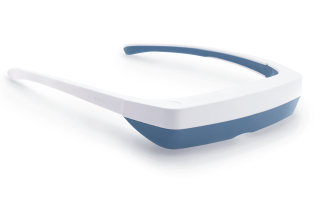
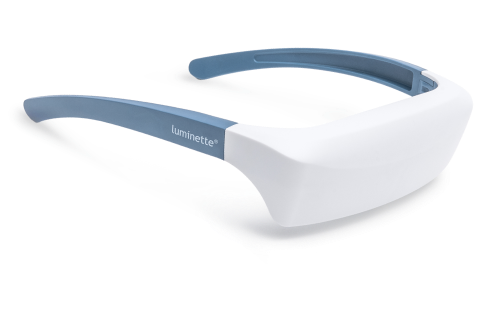
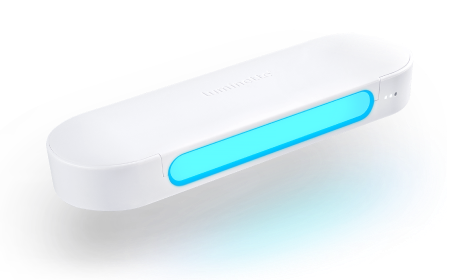
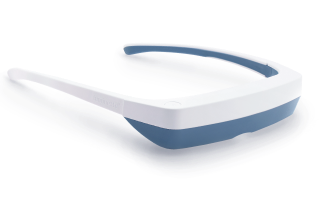
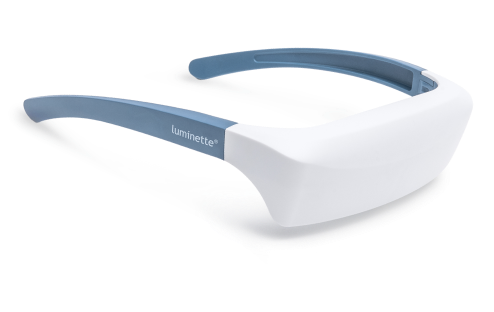

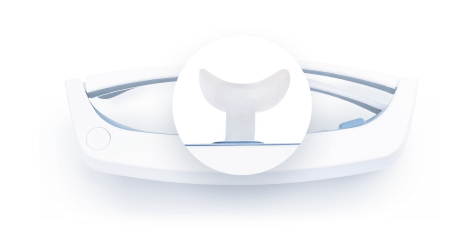
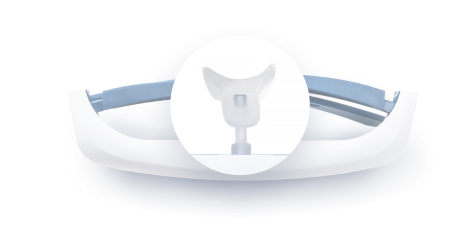
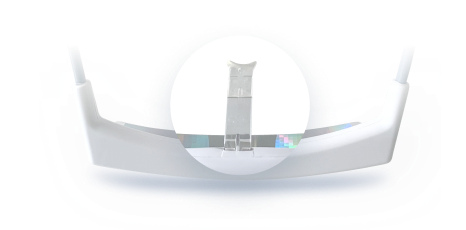
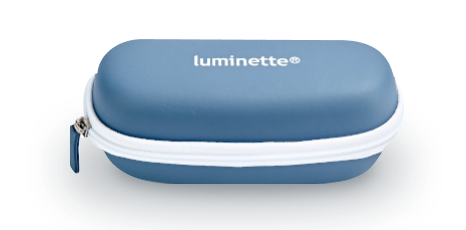
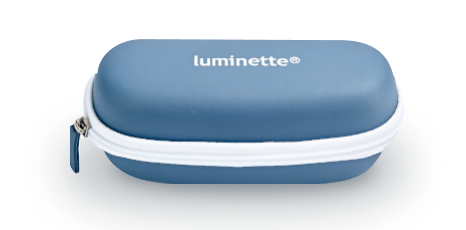




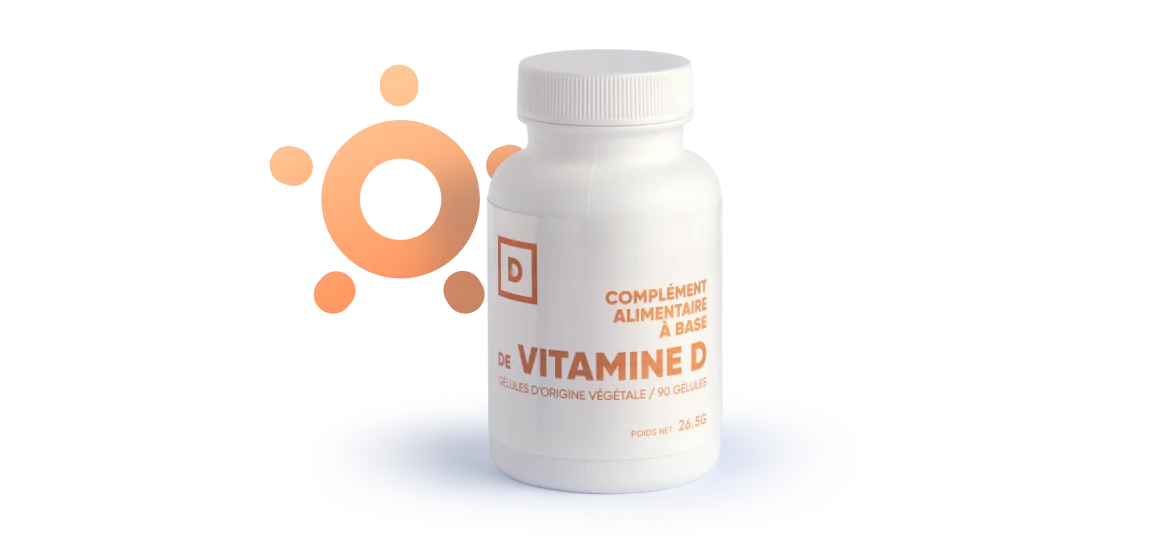
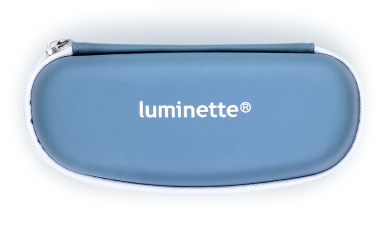
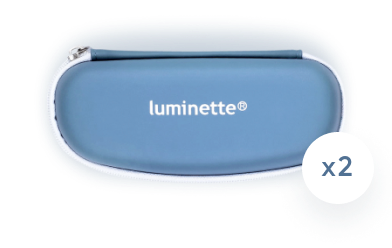
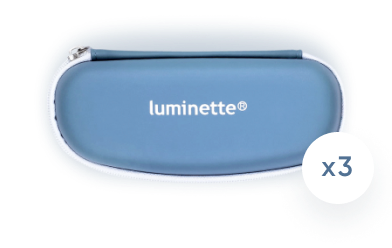
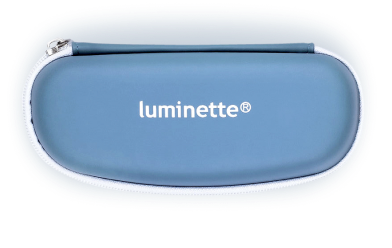


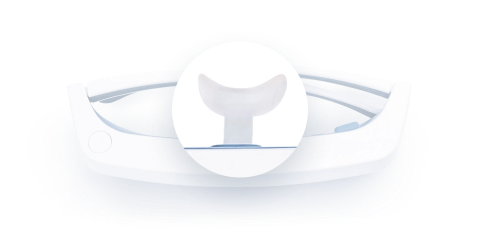

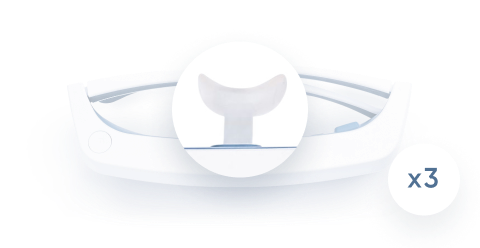






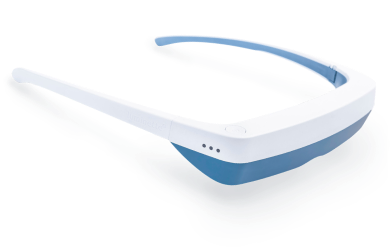
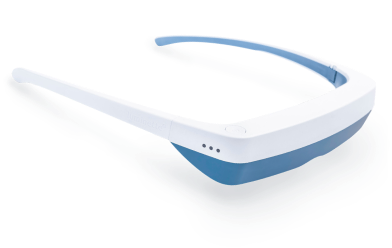
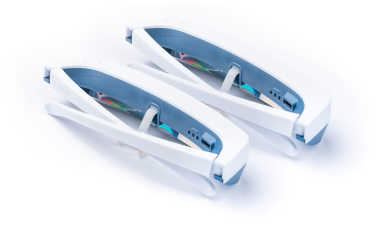
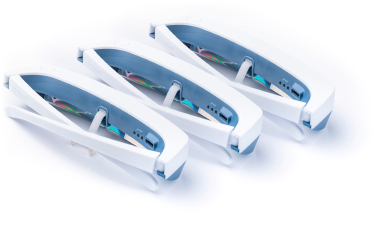
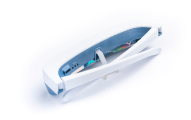
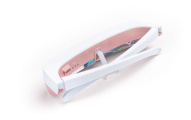

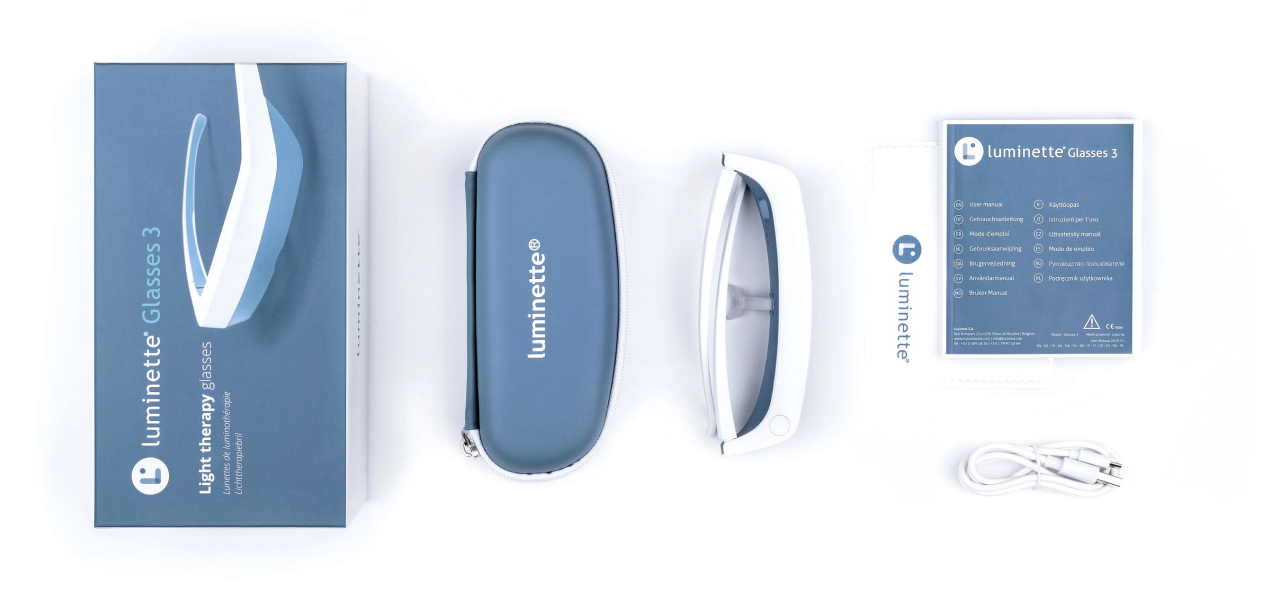
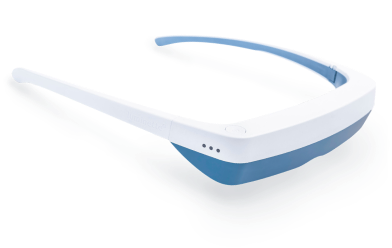
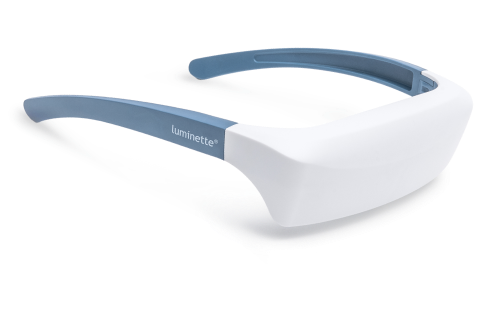
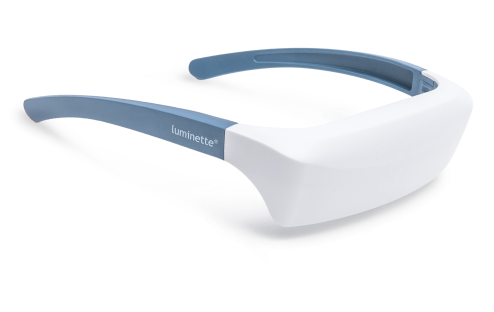

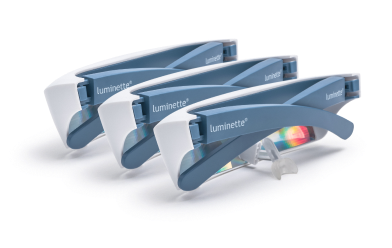

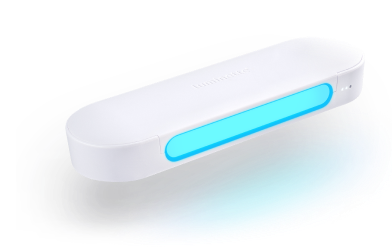
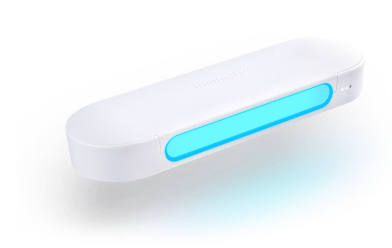

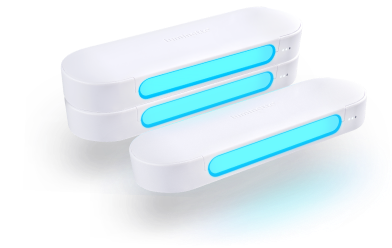


 Please note
Please note



